In discussing home electrical safety, there can be some uncertainty about the purpose of GFCIs and circuit breakers. Many homeowners wonder if they need both, whether they serve the same purpose, and how to tell them apart. This confusion often comes up during troubleshooting, especially if the homeowner doesn’t understand why a breaker keeps tripping or a GFCI outlet stops working.
What is a GFCI?
You’ve just stepped out of the shower, and the bathroom is still filled with steam. You plug in your hair dryer to start drying your hair, but as soon as you hit the power button, the dryer suddenly stops with a sharp click. The GFCI outlet did its work, protecting you from a dangerous electrical shock by instantly cutting the power.
A Ground Fault Circuit Interrupter (GFCI) is a fast-acting electrical safety device — a kind of earth-leakage circuit breaker — that helps prevent electrical shock. It does this by monitoring the flow of current in its circuit. If the GFCI detects even a tiny imbalance from electricity flowing somewhere it shouldn’t, such as through water or a person’s body, it shuts off power immediately.
Where GFCIs Are Required
Because GFCIs prevent serious injuries and electrocution, electrical codes require them in areas where water and electricity are likely to meet, including:
- Kitchens
- Bathrooms
- Laundry rooms
- Outdoor outlets
- Garages
- Basements or crawl spaces
GFCI Outlet vs GFCI Breaker
Homeowners are most familiar with GFCI outlets that have built-in “Test” and “Reset” buttons, but there are two ways to install GFCI protection: at the outlet or at the breaker.
GFCI Outlet:
A GFCI outlet, also known as a receptacle, is installed at a single outlet location. Once in place, it protects not only that outlet but also any additional outlets connected downstream on the same circuit. GFCI outlets are cost-effective and simple to install, making them an ideal choice for upgrading older homes one outlet at a time or providing targeted protection in areas like bathrooms and kitchens.

GFCI Breaker:
A GFCI breaker is installed directly in the breaker panel. Unlike a single outlet, it provides protection for an entire circuit, including all outlets and fixtures connected to it. GFCI breakers are often used in situations where multiple outlets in a single area need coverage, such as in a kitchen, bathroom, or outdoor circuit, offering safety for larger sections of a home’s electrical system.

GFCI Breaker or Outlet, Which to Choose
Homeowners may be uncertain which piece of GFCI technology to install in their home. The answer is usually a matter of scope.
- If you only need to protect one or two outlets, go with a GFCI outlet.
- If you want protection for a whole room or area, a GFCI breaker may be the better choice.
What To Do When a GFCI Breaker or Outlet Trips
If a GFCI outlet or breaker trips, the first thing to do is stop using any connected devices and check for water or moisture around the outlet, as this is a common cause of ground faults. Press the “Test” button to ensure the GFCI is functioning properly, then press the “Reset” button to restore power. If the GFCI immediately trips again, unplug all devices from the outlet and try resetting it once more. If it continues to trip, it may indicate faulty wiring or moisture inside the outlet box. In this case, keep the outlet turned off and call a licensed electrician to inspect the circuit before further use.
What is a Circuit Breaker?
Imagine a kitchen with a coffee brewer running, a toaster oven at work, and a few other appliances in use. You turn on the blender to make a morning smoothie, and everything suddenly shuts down. You overloaded the circuit, and the circuit breaker tripped instantly, cutting power to stop the wires from overheating.
A circuit breaker protects wiring and equipment, not people directly. Its main job is to prevent fires and equipment damage by shutting off power when there’s too much current flowing through a circuit.
How a Circuit Breaker Works
- If a circuit becomes overloaded by too many devices or experiences a short circuit, the breaker trips.
- Tripping cuts the power immediately, preventing wires from overheating and causing a fire.
- Once the problem is resolved, the breaker can be reset by flipping the switch back to ON.

Circuit Breaker
Circuit breakers are housed inside your main breaker panel, which is usually located in a garage, basement, utility room, or outside wall.
What to Do When a Circuit Breaker Trips
When a circuit breaker trips, go to your breaker panel and look for a switch that’s in the middle position or clearly marked as “tripped.” First, turn off or unplug any devices that were running on that circuit to prevent another immediate overload. Flip the breaker fully to the OFF position, then firmly back to ON. If the breaker trips again right away, there may be a short circuit, overloaded wiring, or a faulty breaker. Leave the breaker off and contact an electrician to diagnose the problem.
Key Differences Between a GFCI and a Circuit Breaker
Although both devices cut power when something goes wrong, they serve very different purposes.
|
|
GFCI |
Circuit Breaker |
|
Primary Purpose |
Protects people from shock |
Protects wiring and devices |
|
How It Detects Problems |
Senses current imbalance (ground fault) |
Senses overload or short circuit |
|
Reset Method |
Test/Reset buttons on outlet or breaker |
Flip switch on panel |
|
Typical Locations |
Kitchens, bathrooms, outdoor outlets. |
Main electrical panel |
|
Code Requirement |
Required near water sources |
Required for all home circuits |
Summary:
- GFCIs save lives by preventing electrocution.
- Circuit breakers prevent fires by stopping electrical overloads.
Use Cases for Circuit Breakers and GFCI
Here are some common household situations and the best solution for each:
- Bathrooms and Kitchens:
GFCI outlet or GFCI breaker required by code due to moisture risk.
- Outdoor outlets and garages:
GFCI outlets prevent shock from wet conditions or outdoor tools.
- General home wiring:
Standard breakers protect circuits that don’t require GFCI protection, such as bedroom outlets and ceiling fans.
- Older homes:
Adding GFCI outlets or breakers brings older wiring up to current safety standards.
Can an Electrical System Have Both at the Same Time?
Because each technology serves a specific function, it makes sense to pair them. Common setups include:
- A home with regular breakers in the panel and GFCI outlets in bathrooms and kitchens.
- A GFCI breaker installed in the panel covers an entire room or outdoor area, while standard breakers protect other circuits.
Final Thoughts
Understanding the difference between a GFCI and a circuit breaker is key to keeping your home safe. When used together, they provide complete protection for both your property and your family.
FAQs
What is the difference between a GFCI circuit breaker and a regular circuit breaker?
A GFCI breaker provides two types of protection: it prevents wiring overloads and short circuits, just like a regular breaker, and it also detects ground faults to protect people from electric shock. A regular breaker only protects wiring and devices, not people.
Do I need a GFCI outlet if I already have a GFCI breaker?
No. A GFCI breaker already protects the entire circuit, so you don’t need additional GFCI outlets on that same line unless required by local code.
How often should I test my GFCI outlets?
You should test GFCI outlets monthly. This practice helps ensure the device is still working correctly and providing proper protection.
How do I test my GFCI outlet or breaker?
Press the “test” button on the outlet or breaker. It should immediately trip and cut power. Then press the “reset” button to restore power. Regular testing helps ensure your GFCI is working properly.
Will a circuit breaker finder help with my GFCI outlets?
A circuit breaker finder can help with GFCI technology in two ways. First, plugging the transmitter into the outlet in question will help you determine which circuit breaker controls it. Second, many finders also function as outlet and GFCI testers, allowing the user to run an automatic trip test and confirm the GFCI outlet is functioning as it should.

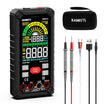
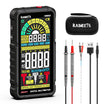
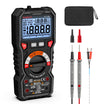
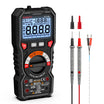
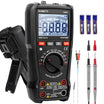
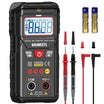
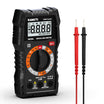
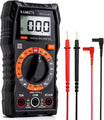
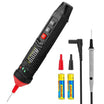
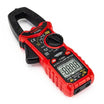
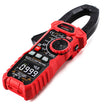
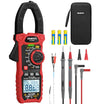
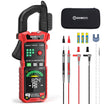
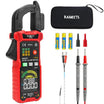
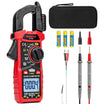

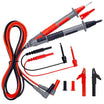



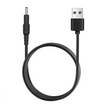
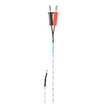
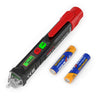
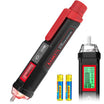
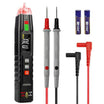
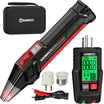
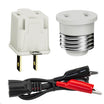
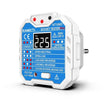
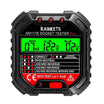
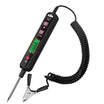
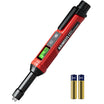
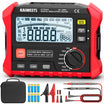
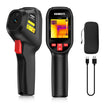
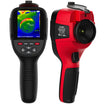
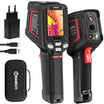
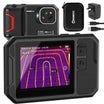
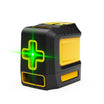
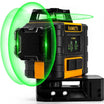
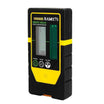





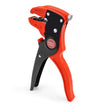
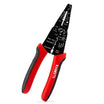
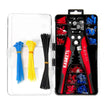


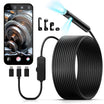
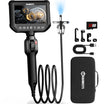
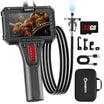
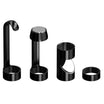
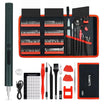
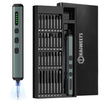
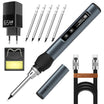

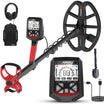

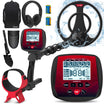


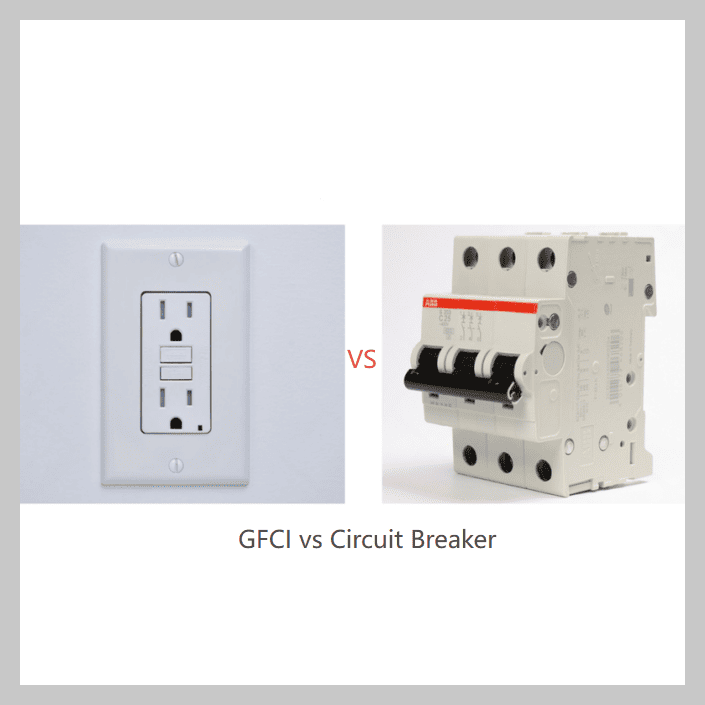

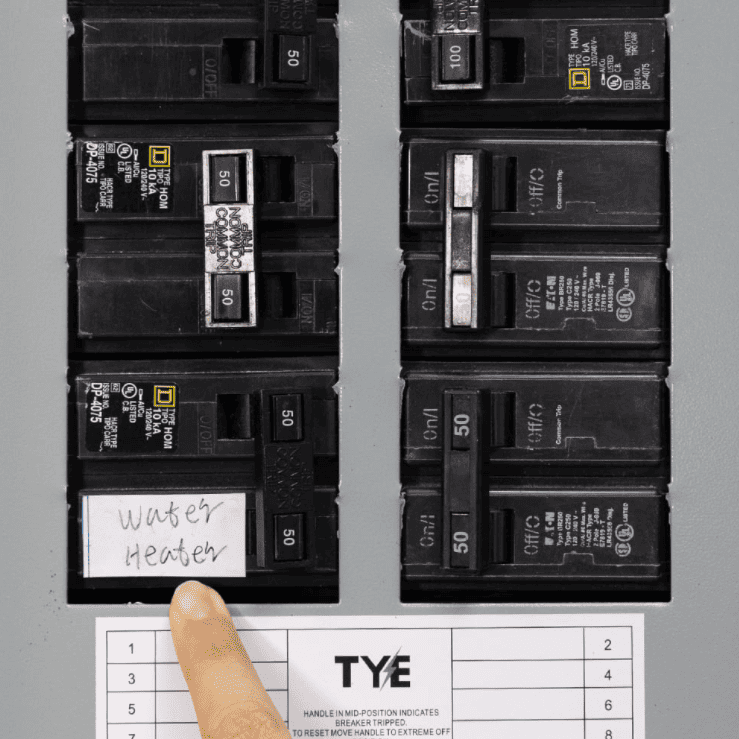
Commenta
Nota che i commenti devono essere approvati prima di essere pubblicati.
Questo sito è protetto da hCaptcha e applica le Norme sulla privacy e i Termini di servizio di hCaptcha.